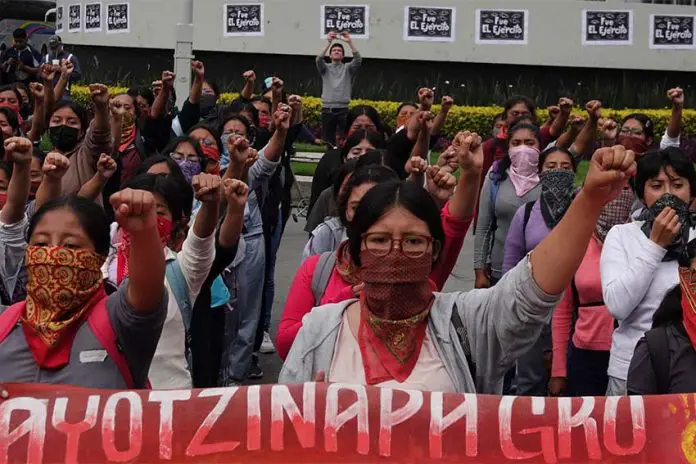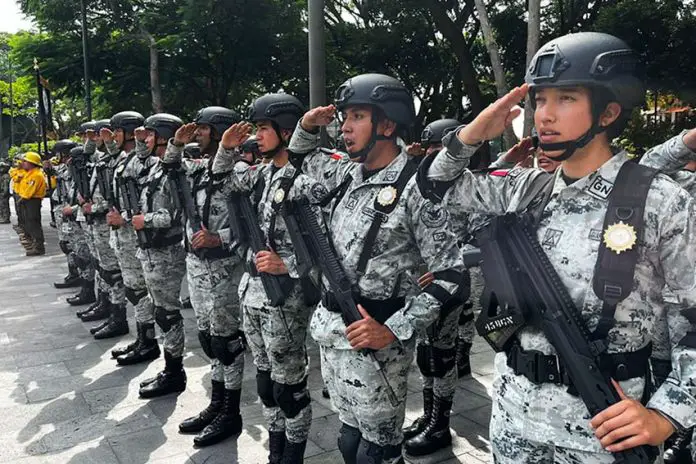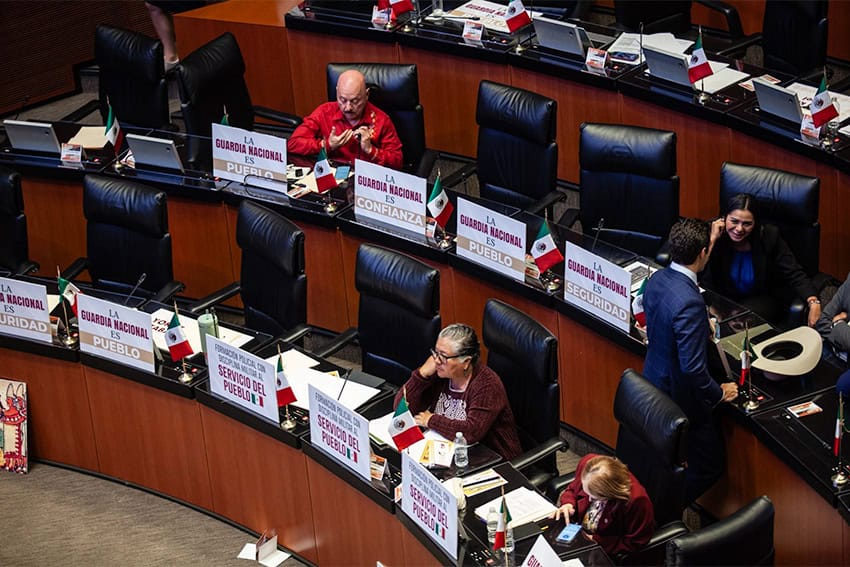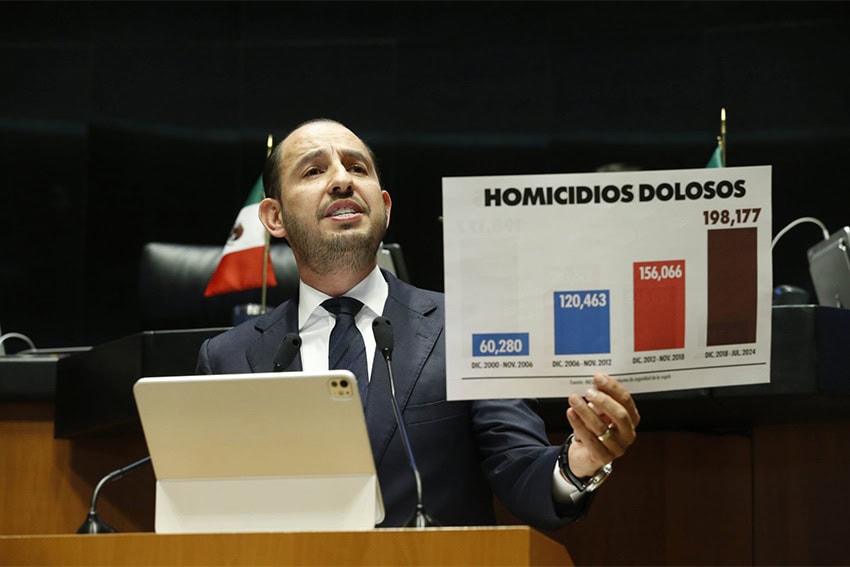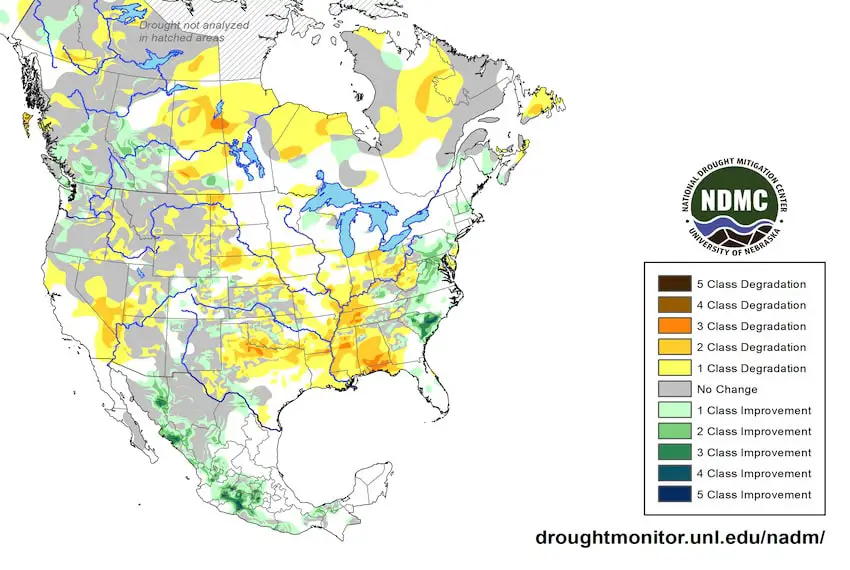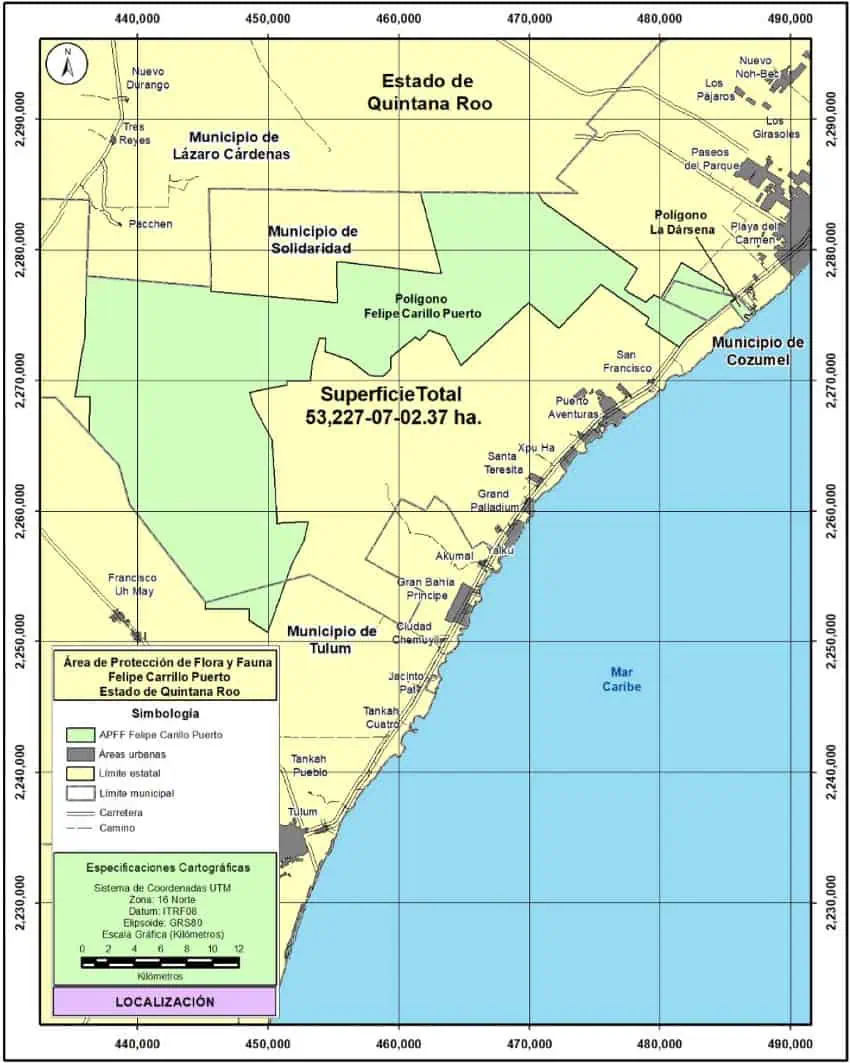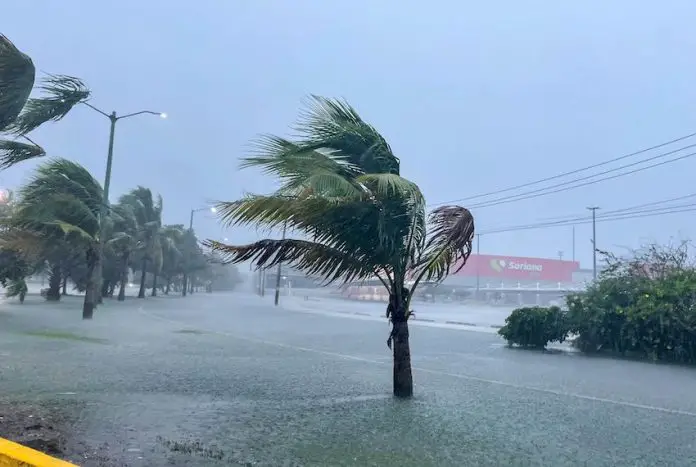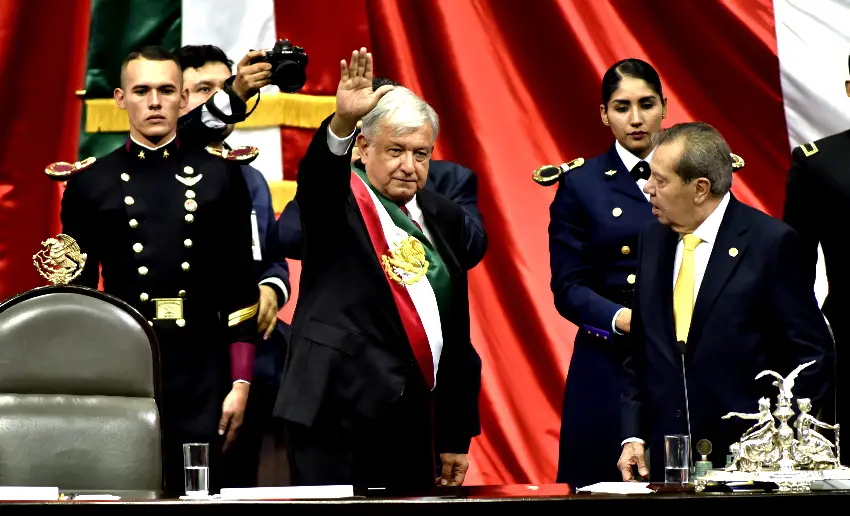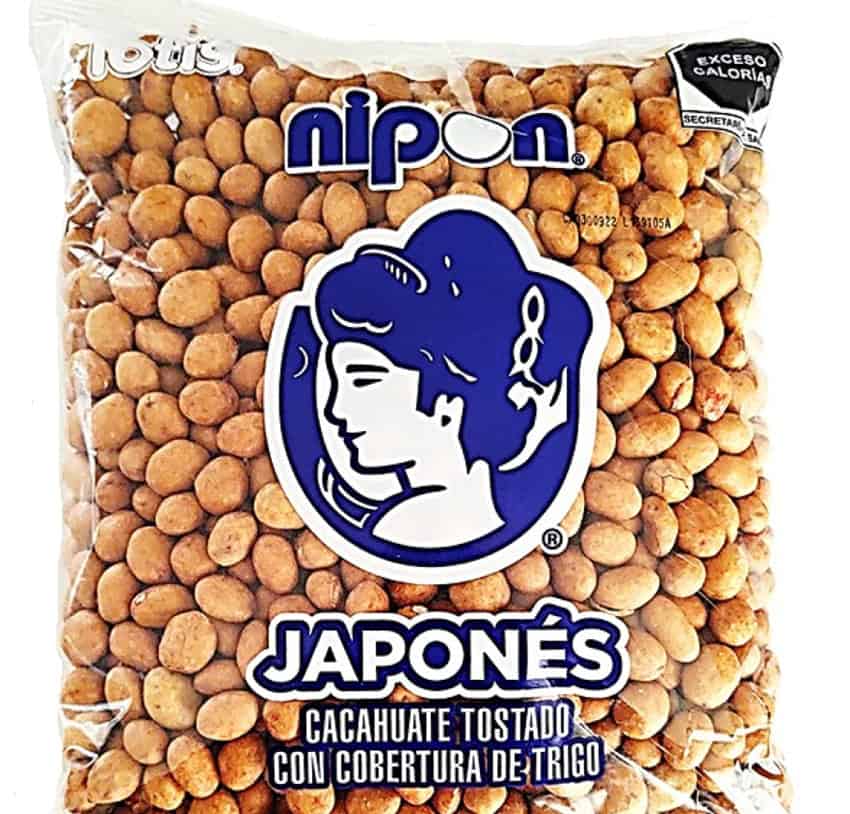Demonstrators marked the 10th anniversary of Mexico’s Ayotzinapa 43 kidnappings and massacre with multipronged protests across Mexico City this week, which included throwing firecrackers in the Senate courtyard and spray-painting the building in response to a constitutional reform vote to place the National Guard under control of the Defense Ministry.
While the kidnappings on Sept. 26, 2014, of 43 male teaching students in Iguala, Guerrero, has never been solved to nearly anyone’s satisfaction, some investigations have alleged that members of Mexico’s military were involved at some point.
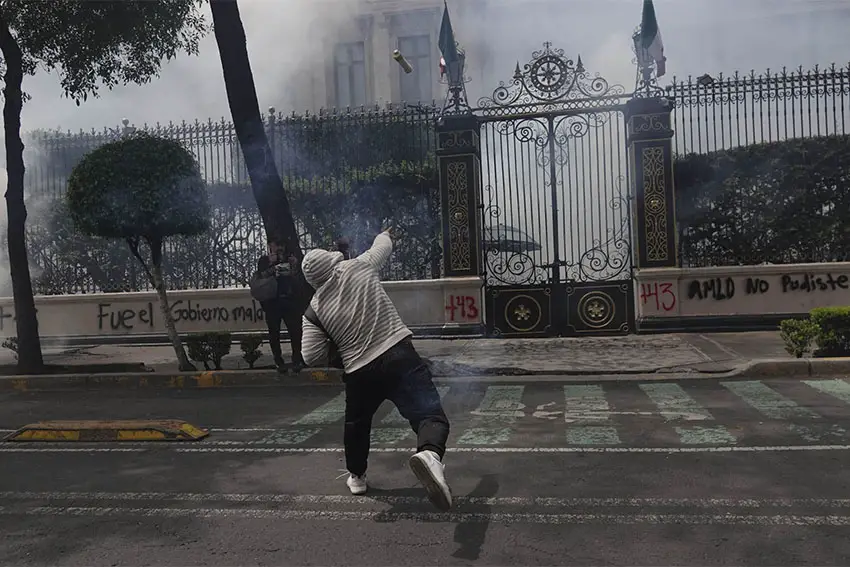
The 43 kidnapped students at the Ayotzinapa Rural Teachers’ College in the state of Guerrero, had commandeered three public buses for transportation to a demonstration. They were abducted in Iguala, Guerrero, and never seen again.
In the decade that followed, multiple investigations by Mexican officials and human-rights organizations have implicated a wide variety of suspects, including drug gangs, a former mayor of the city of Iguala, former Iguala police, and members of the Army.
The protests this week have centered around:
- The tenth anniversary of the mass kidnapping, with commemorations including forums and roundtables in addition to marches.
- The lack of satisfactory answers about the 2014 incident from President Andrés Manuel López Obrador’s administration, which ends next week.
- A reform law passed by Congress Wednesday, placing the National Guard under the Defense Ministry, an institution that critics say is not transparent, not accountable to anyone and above the law — particularly with regard to the Ayotzinapa disappearance.
Current students from the Ayotzinapa teacher’s college and many others began gathering in Mexico City to protest on Monday, along with some parents of the disappeared and other activists and representatives.
On Monday, the first target was the Interior Ministry (Segob), which doesn’t oversee the military but is involved in homeland security and government administration.
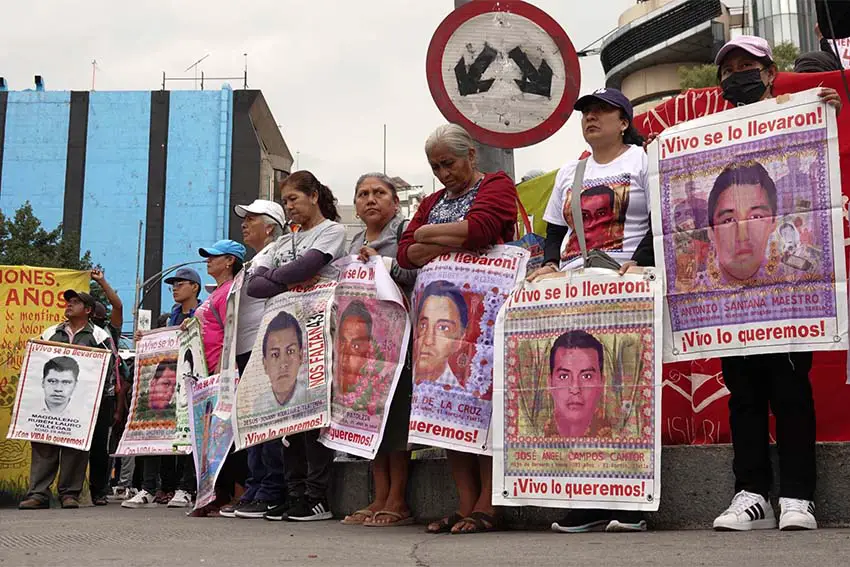
On Tuesday, protesters moved to the Senate, where legislators were about to vote to put the National Guard under military command — a decision criticized by many, including Vidulfo Rosales, a lawyer for the parents of the missing students.
“That is why we are here today in front of this institution: to make a clear protest against [the reform],” he said. “How are they going to make the National Guard part of the Army? An army that has been opaque, an army that is not accountable to anyone, an army that is above the law, that is above the Constitution.”
Following the protests at the Senate — during which some protesters briefly broke into a courtyard — there were reports of damage to the legislative building’s railings and some offices. But it wasn’t as violent as an Ayotzinapa protest in May at the National Palace.
“The operation that was carried out to protect the building has worked,” reported Senate President Gerardo Fernández Noroña, a Morena party member.
Four firecrackers thrown from the courtyard into the Senate building “did not explode,” Fernández said, though he did say Senator Lucía Trasviña (Morena) of Baja California Sur suffered injuries to her right eye and a case of hypertension.
The media outlet Desinformémonos reported that “hundreds of activists, artists and academics” had signed a letter demanding “the immediate delivery of the 800 military files on the disappearance [of the normalistas] … the cessation of harassment via the media from the presidency toward the mothers and fathers of the 43 and human rights organizations … and the re-establishment of investigations into the case.” Among the signatories were actor Gael García Bernal and writer Juan Villoro, Desenformémos reported.
“We all know that the government has been in charge of hiding the truth because it is not in any of their interests for anyone to know who was involved because they are one and the same,” an protester from the Federation of Socialist Peasant Students of Mexico (FECSM) told Desinformémos.
Recently, parents denounced López Obrador for constructing his own “historical truth,” by steadfastly supporting the Army in the Ayotzinapa case and refusing to hand over the 800 files.
On Wednesday, López Obrador said that he’d sent a letter to the missing students’ parents a day earlier and that he’s lived up to his commitment to the families to find out what happened.
“Progress has been made — not as much as we would have liked — but it is not a closed case,” he said. “The investigation will continue. Several things that were not known have been clarified.”
In that letter, which he read at his press conference Wednesday, López Obrador promised that President-elect Claudia Sheinbaum, who takes office Oct. 1 would continue the investigations.
With reports from Proceso, El Universal, Infobae, El Sudcaliforniano and Desinformémonos
